Martin Luther King Jr. Weekend was quite a shock for entities across most of the country, particularly in the Pacific Northwest. Temperatures plummeted significantly and rapidly, far below what many weather forecasts predicted, leading to numerous inaccurate demand forecasts. What was the fallout? Electricity prices were around $1,000 in some regions for three or four days, even though weekends and holidays are typically on the bearish side. Some utilities lost as much as $26 million.
While Arctic Blasts like this have occurred before, the extent of the weather misses by numerous forecasts still leaves market participants haunted by this weekend. The cold weather stretched all the way south to ERCOT and as far east as PJM and SERC. CAISO got lucky, with temperatures remaining relatively mild. However, CAISO still felt the impact of high energy prices and tighter supply due to its neighbors' importing energy from California during the most volatile hours. Mother Nature's unpredictability has prompted these participants to rethink their strategies for handling such extreme weather events, especially as the power grid continues to evolve.
Despite the challenges of incorrect weather predictions, Amperon’s demand forecast achieved several notable successes during this period of January 12-16.
Portland General Electric
The Arctic Blast brought brutally cold temperatures to the West, especially for Portland – temperatures in the teens! These temperatures were anywhere from 2 to 5 degrees colder than the forecast on January 13th, but Amperon’s forecasts still outperformed CAISO’s forecast, especially during peak load hours.
On January 13th at HE11, the peak load hour, Amperon’s Absolute Percentage Error (APE) was 1.55x better than CAISO’s. When weather actuals data is input into our model, our APE remains just above 2% for this volatile time – meaning that the weather forecast explained the majority of Amperon’s error.
January 14th's peak load hour occurred HE18. Amperon’s APE at this hour was 4.45% while the RTO heavily underestimated demand with an APE of 10.56%.
Amperon’s average January MAPE for PGE was 1.95% while the RTO’s average January MAPE was 2.77%, making Amperon's forecast 1.42x better than the RTO’s average MAPE.

Puget Sound Energy
Northern Washington experienced extremely cold temperatures, with the lowest temperatures reaching about minus 10 degrees! The mornings of January 13th and 14th observed these frigid temperatures, with Amperon's load forecast outperforming the RTO’s. On January 14th, HE10 was the peak load hour, with Amperon measuring a 3.60% APE and the RTO measuring an 8.42% APE.
Amperon’s average MAPE for January in PSEI settled at 2.19%, while the RTO’s average MAPE for this bone chilling month was 2.78%, which is about 1.27x better than the RTO’s – and every little bit matters during volatile times.

CAISO
Renewable generation curtailments have been a significant story this spring in CAISO. Mild temperatures throughout April and May have resulted in very mild energy demand throughout the state, leading to an excess of solar generation during solar hours. This surplus has been the primary cause of these massive curtailments. This situation has been exacerbated this year due to the 2.4 GW increase in solar generation year over year.
Amperon’s net demand forecasts have proven to be much more accurate than CAISO’s, thanks to the inclusion of embedded solar curtailments in our solar forecast. In April, Amperon's average Solar NMAE was 10.27%, compared to CAISO's 24.61%—making Amperon's forecasts 2.4 times more accurate. In May, Amperon's NMAE was 11.30%, while CAISO's was 19.01%. NMAE, Normalized Mean Absolute Error, is a measurement of solar forecast accuracy that normalizes the error by dividing it by the range of the actual values. This provides a much more balanced measure of accuracy for solar generation than MAPE.
Weather Point Comparison
Amperon takes weather very seriously. For WEIM, we incorporate demand forecasts from three different weather vendors alongside our own Amperon ensemble forecast. The weather in the Pacific Northwest is notably unpredictable due to the abundance of microclimates in the mountainous regions. While Integrated Surface Database (ISD) airport data tends to be the industry standard among demand forecasts, this clearly falls short, especially for larger territories with microclimates and a limited number of airports.
Amperon takes a different approach to weather, using a granular network of strategically- placed weather data points across each region. These points are selected based on population density, ensuring more coverage in densely populated areas and fewer in sparser areas. Our algorithm places these points in the best locations to make sure we get accurate weather data. This creates a more thorough and reliable forecast than ISD data. We weigh each point to create an accurate view of the weather, which we then use to create Amperon’s demand forecasts.
Amperon typically increases weather point density by 5-10 times compared to ISD data. This allows us to provide more accurate weather to clients with microclimates in their territories, improving demand forecast accuracy and saving money, especially at volatile times.
Summer Volatility
In preparation for this warmer and drier-than-normal summer, a reliable demand forecast is essential to navigate the increasing intensity of weather patterns and the growing uncertainty to the energy industry. The dryer conditions will continue to challenge the dominant hydropower sector, following 2023's record as the weakest hydro year in nearly 14 years. Little improvements are expected this year. According to the NIDIS drought monitor, much of Washington, Western Montana, and other parts of WEIM are currently in an extreme drought. These Pacific Northwest regions are where many hydroelectric power plants are located, according to the EIA. Additionally, warmer temperatures will accelerate snowmelt in the mountains. Early summer heat waves will lead to a quicker snowmelt, leaving less water to flow through these powerplants in the latter half of the summer, which is expected to be hot.
This drought also heightens wildfire risk going into the summer and will continue if this dry and hot pattern persists. Wildfires pose a major threat for the grid, resulting in the shutdown of transmission lines in the range of a fire to prevent overheating, which causes unexpected congestion and possible black outs.
Despite these challenges, the upward trends of demand peaks due to the electrification of heat pumps, vehicles, and data centers signal a significant shift in energy consumption patterns.
As utilities discuss which new Day-Ahead Market to join and requirements around 7-days forecasts start soon, it is crucial for the West to stay ahead with accurate demand forecasts. Amperon’s AI models ingest the most recent weather and demand data every hour to give you the most accurate demand forecasts during these volatile times. Reach out to us for dependable demand forecasts that can help you stay prepared and resilient.



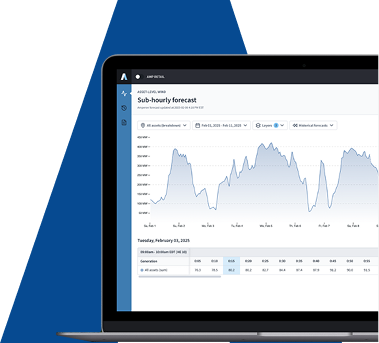
.svg)




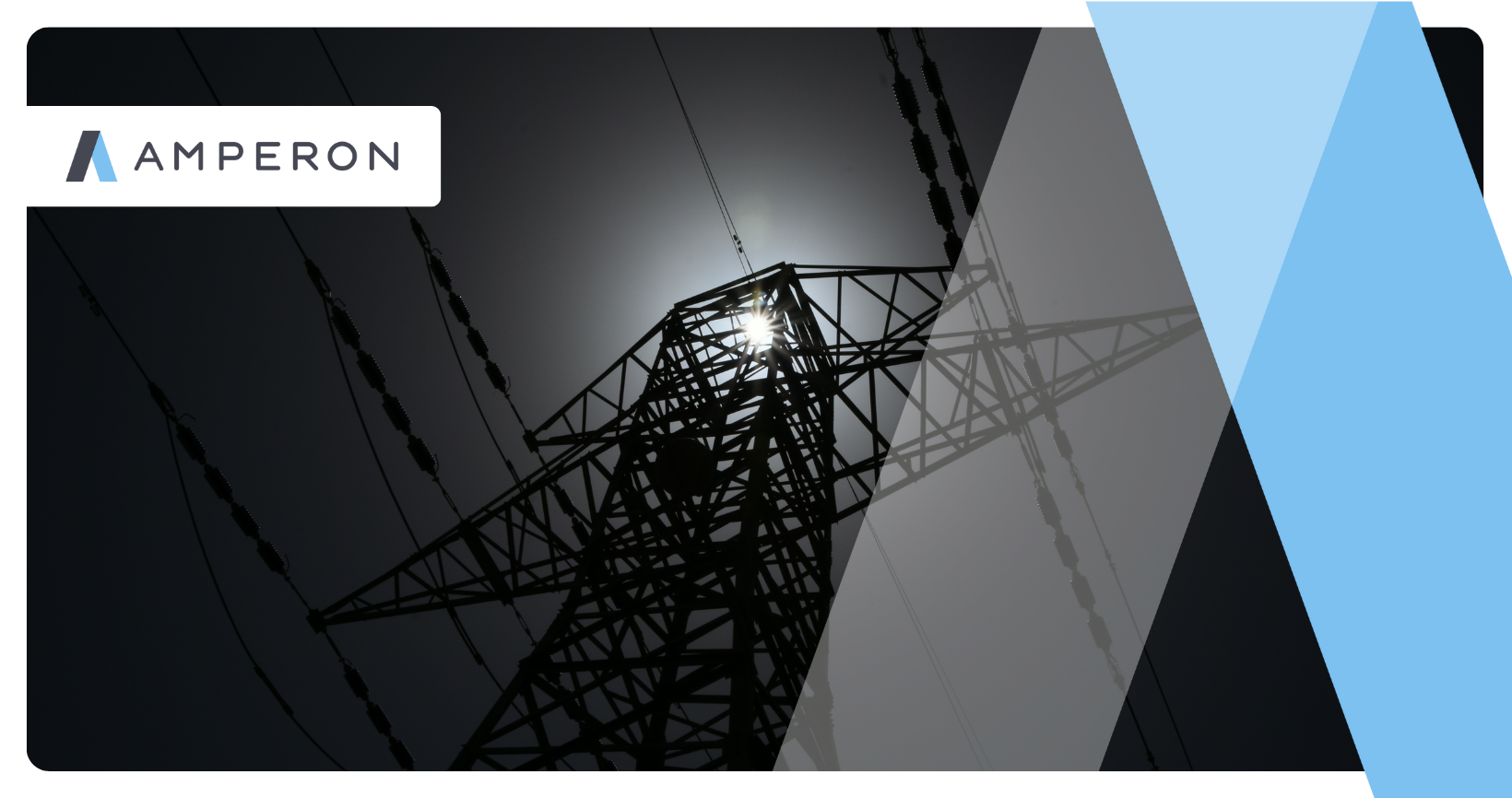

%20(3).png)
%20(2).png)
%20(1).png)





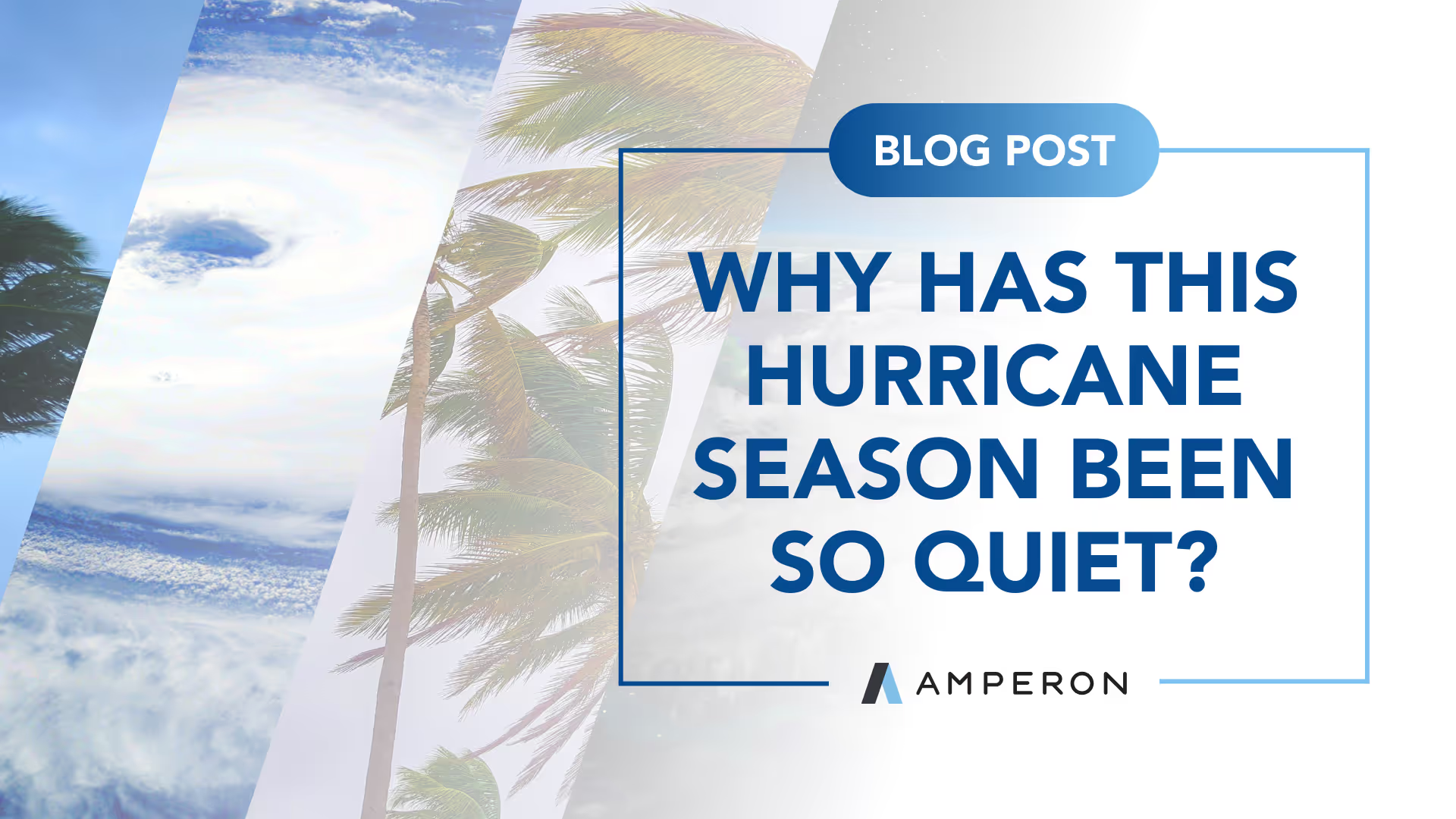
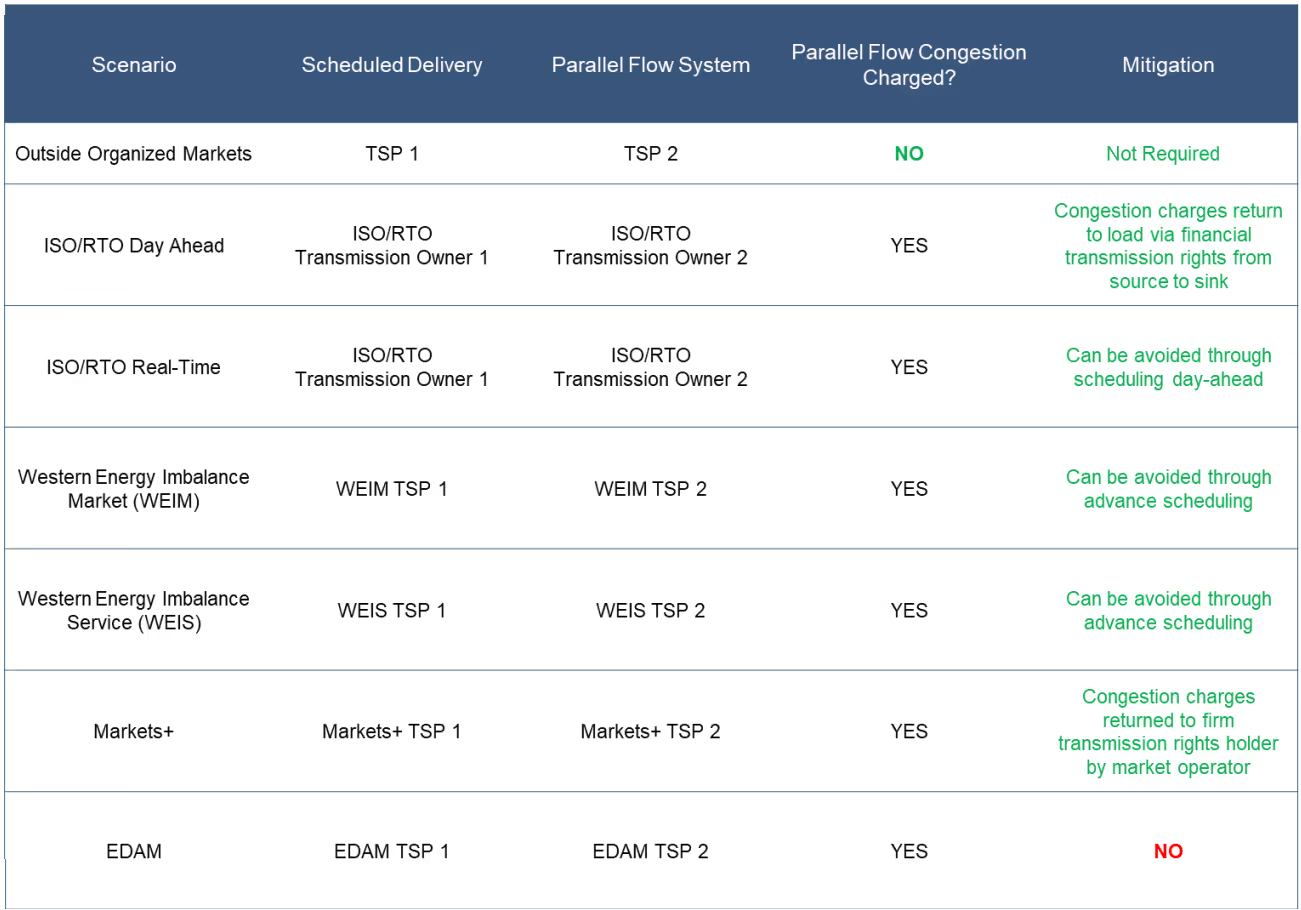
.png)

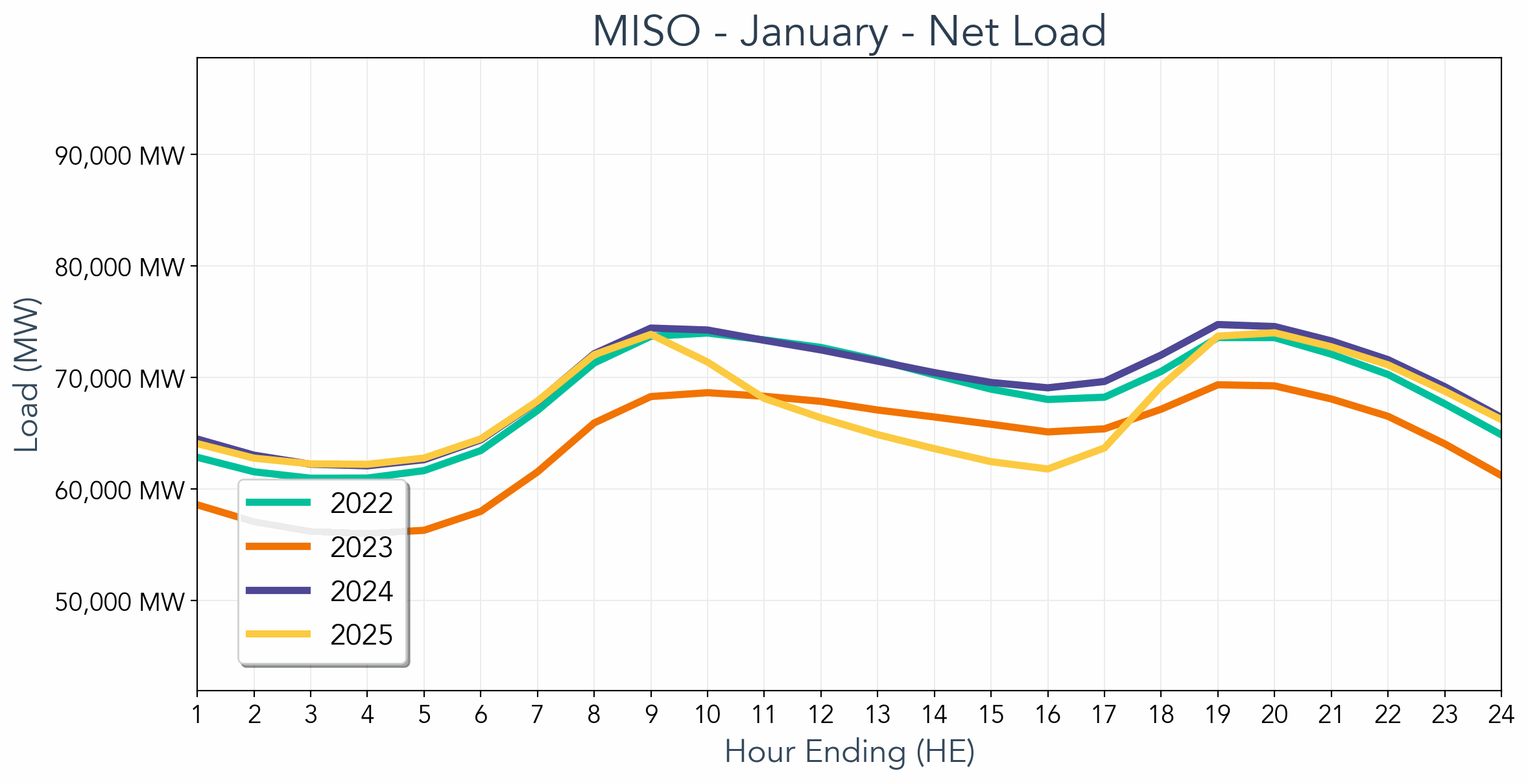

.avif)



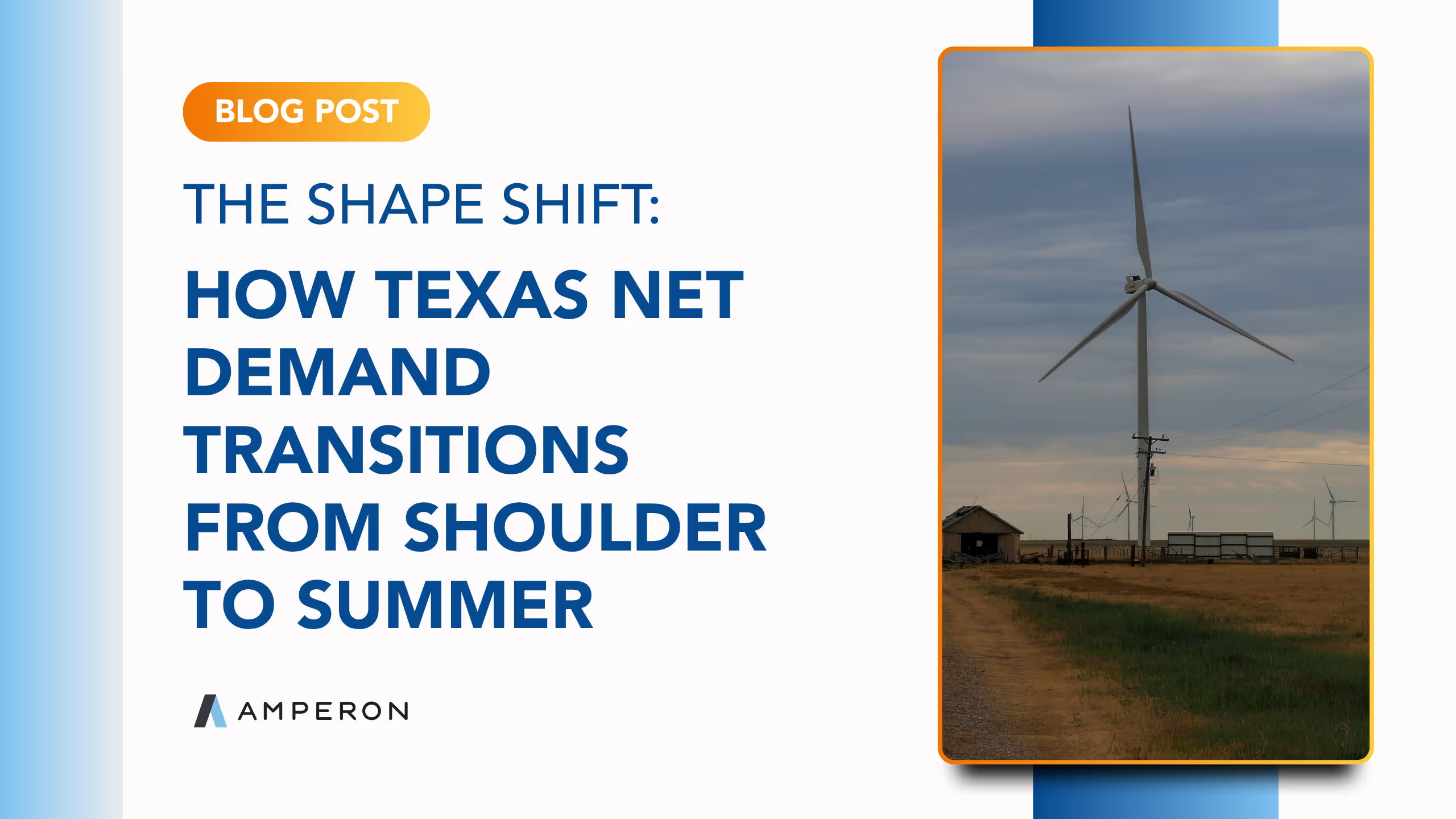
.avif)

.avif)
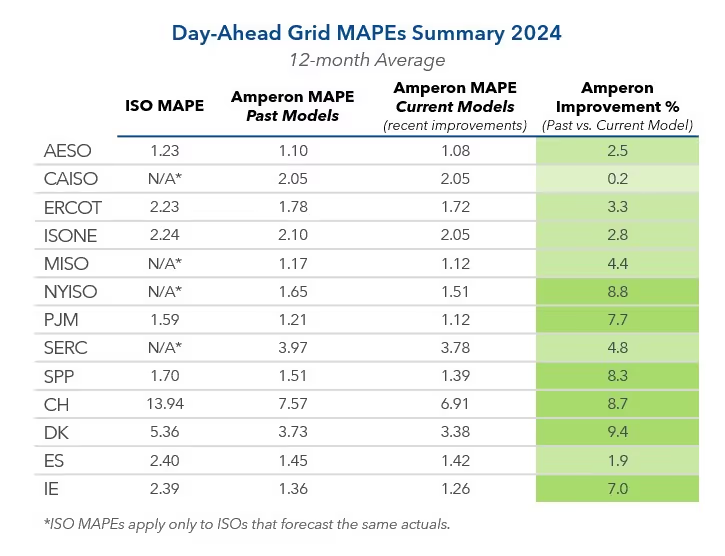

.avif)



.avif)
%20(15).avif)
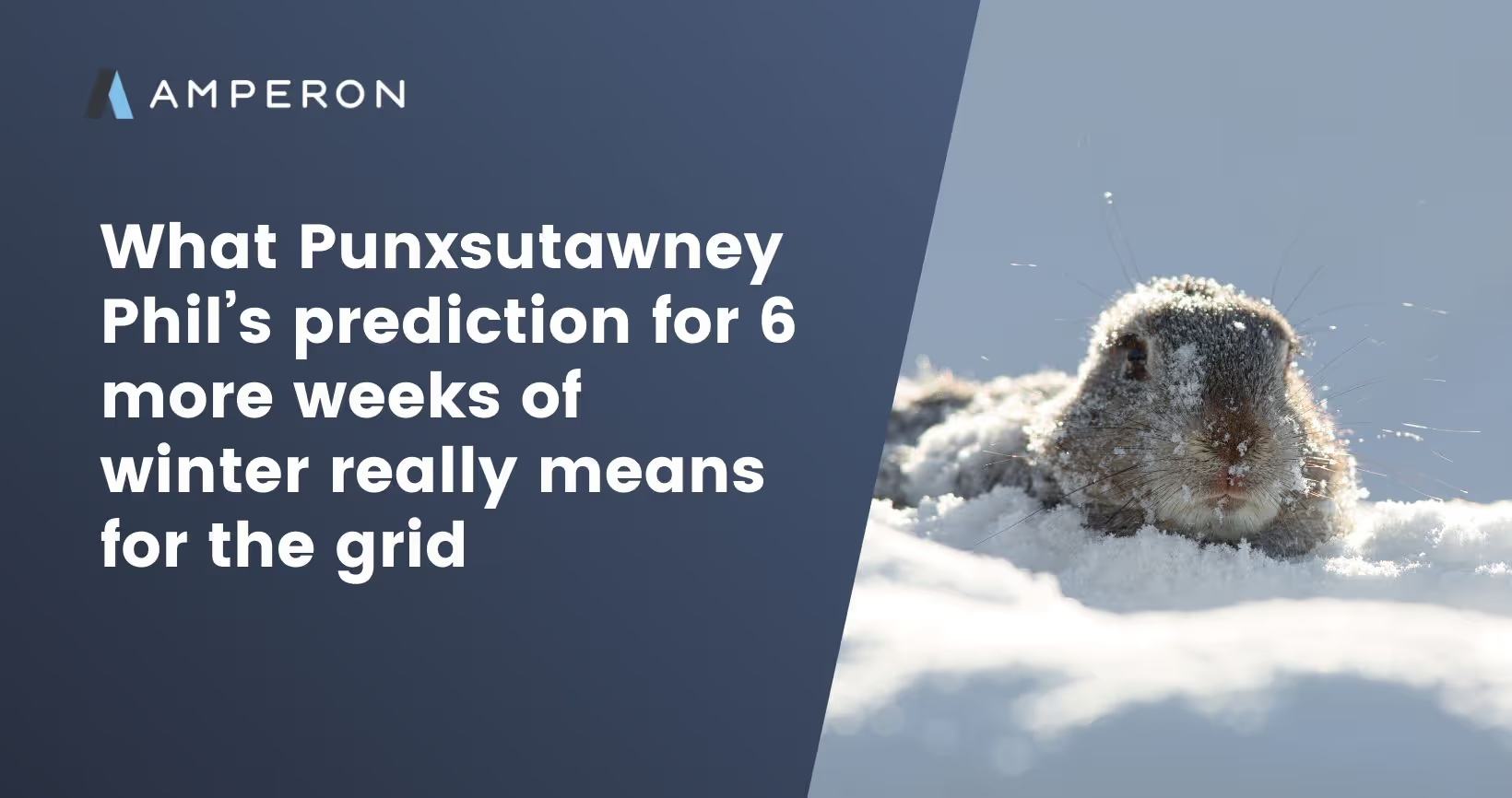
.avif)
%20(10).avif)

.avif)


.avif)

.avif)



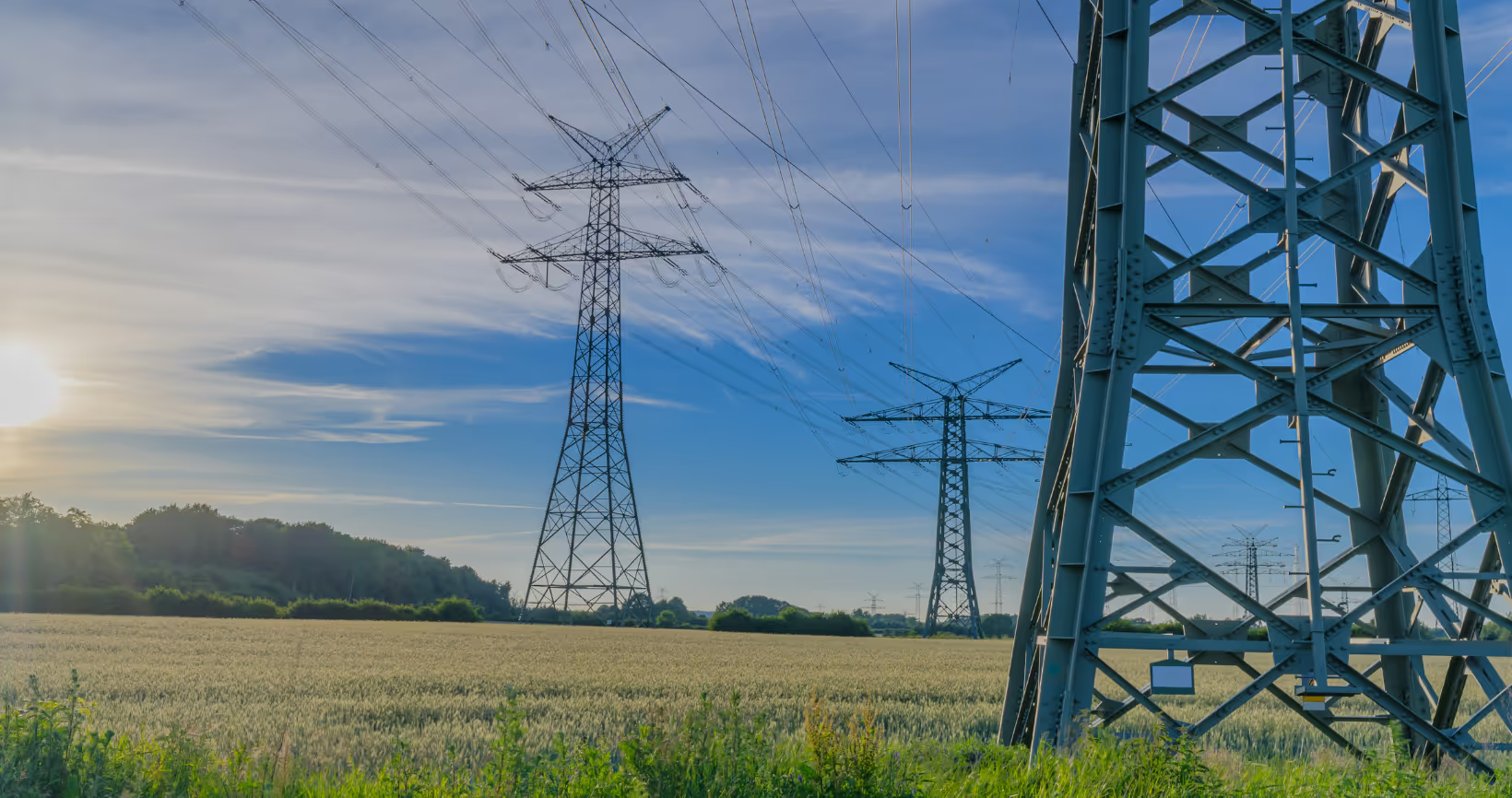


.avif)



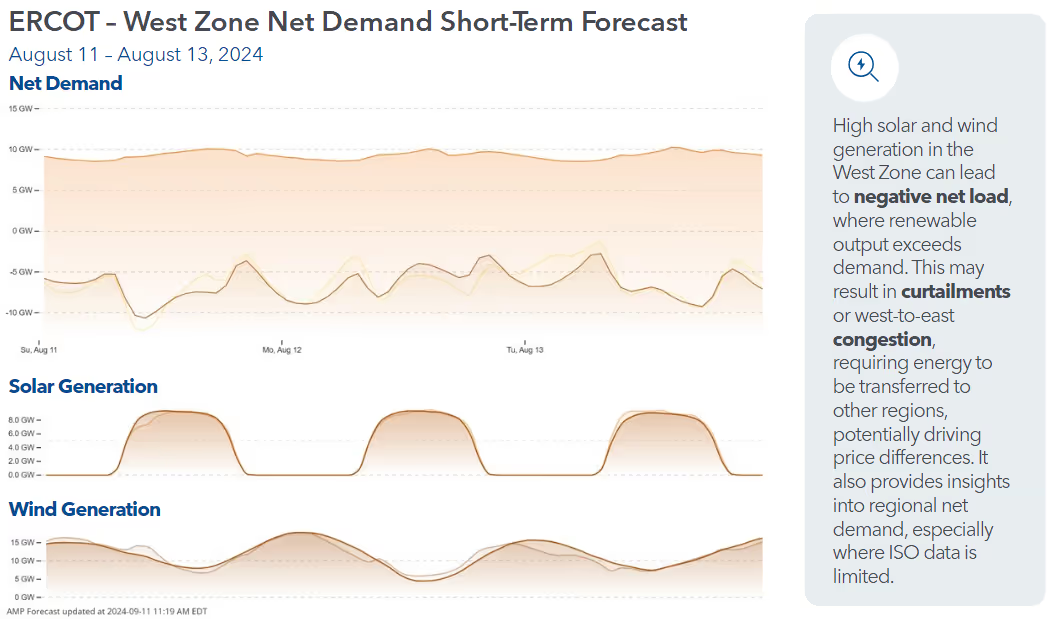
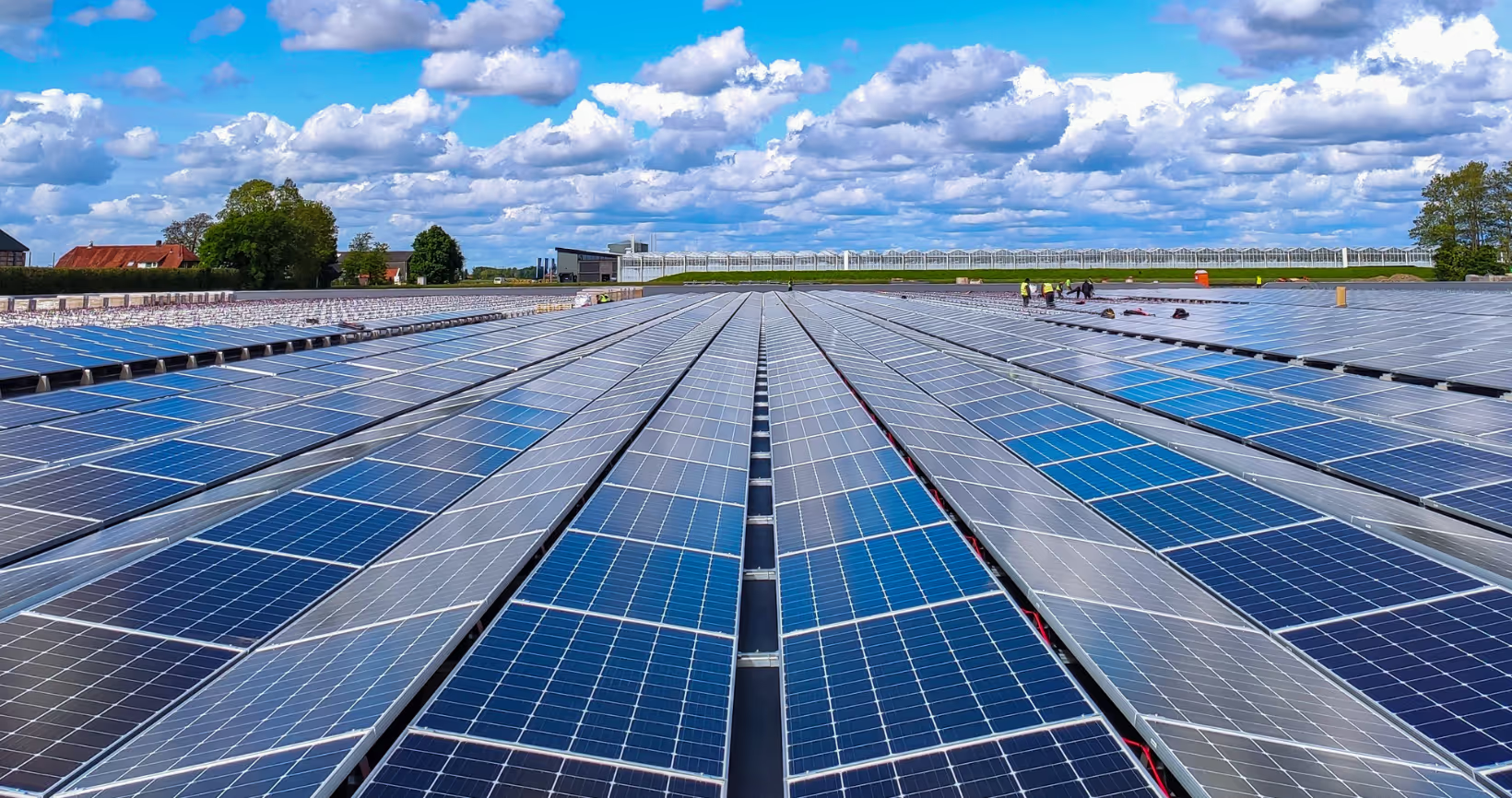




.avif)

.avif)

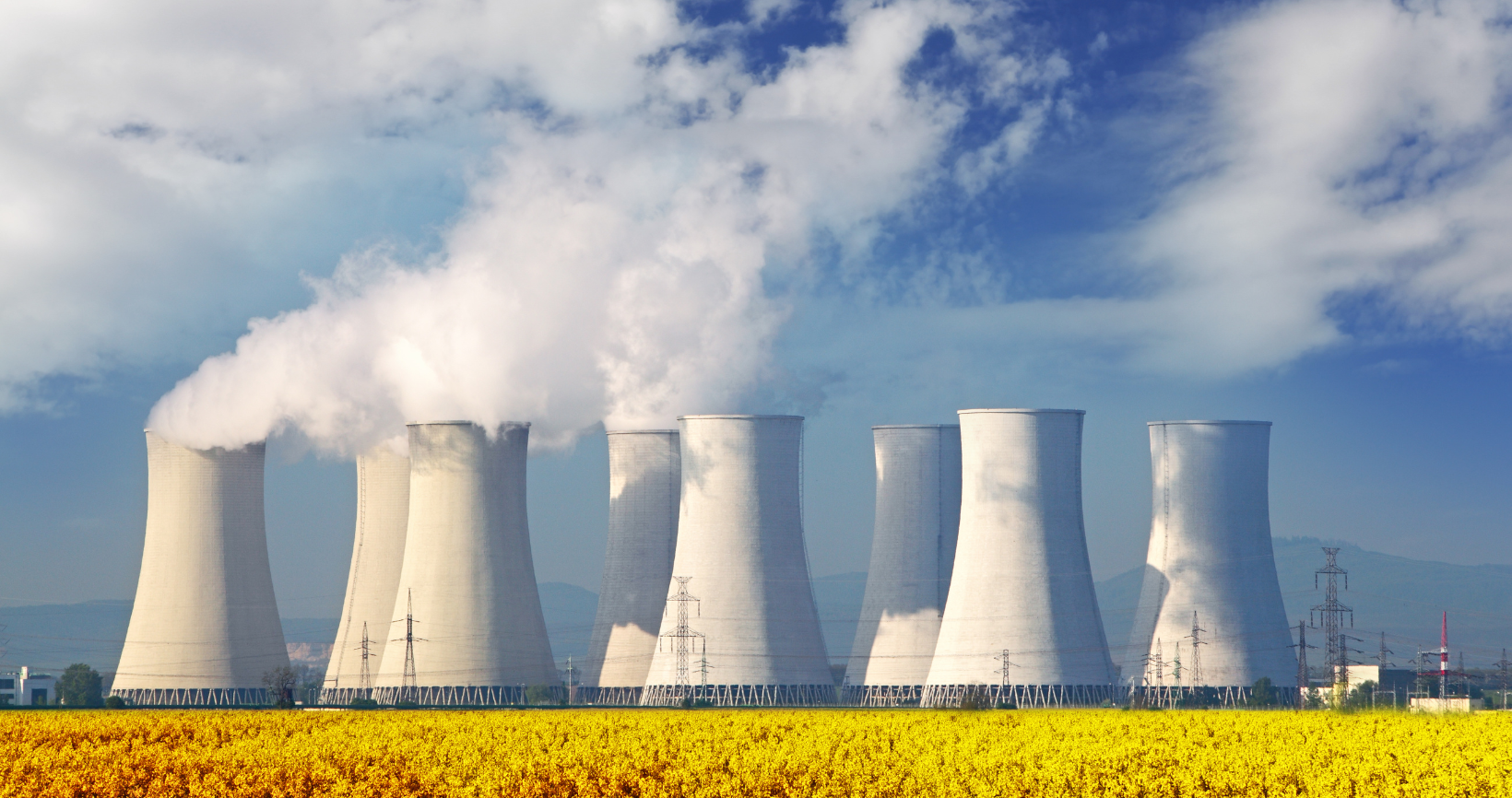


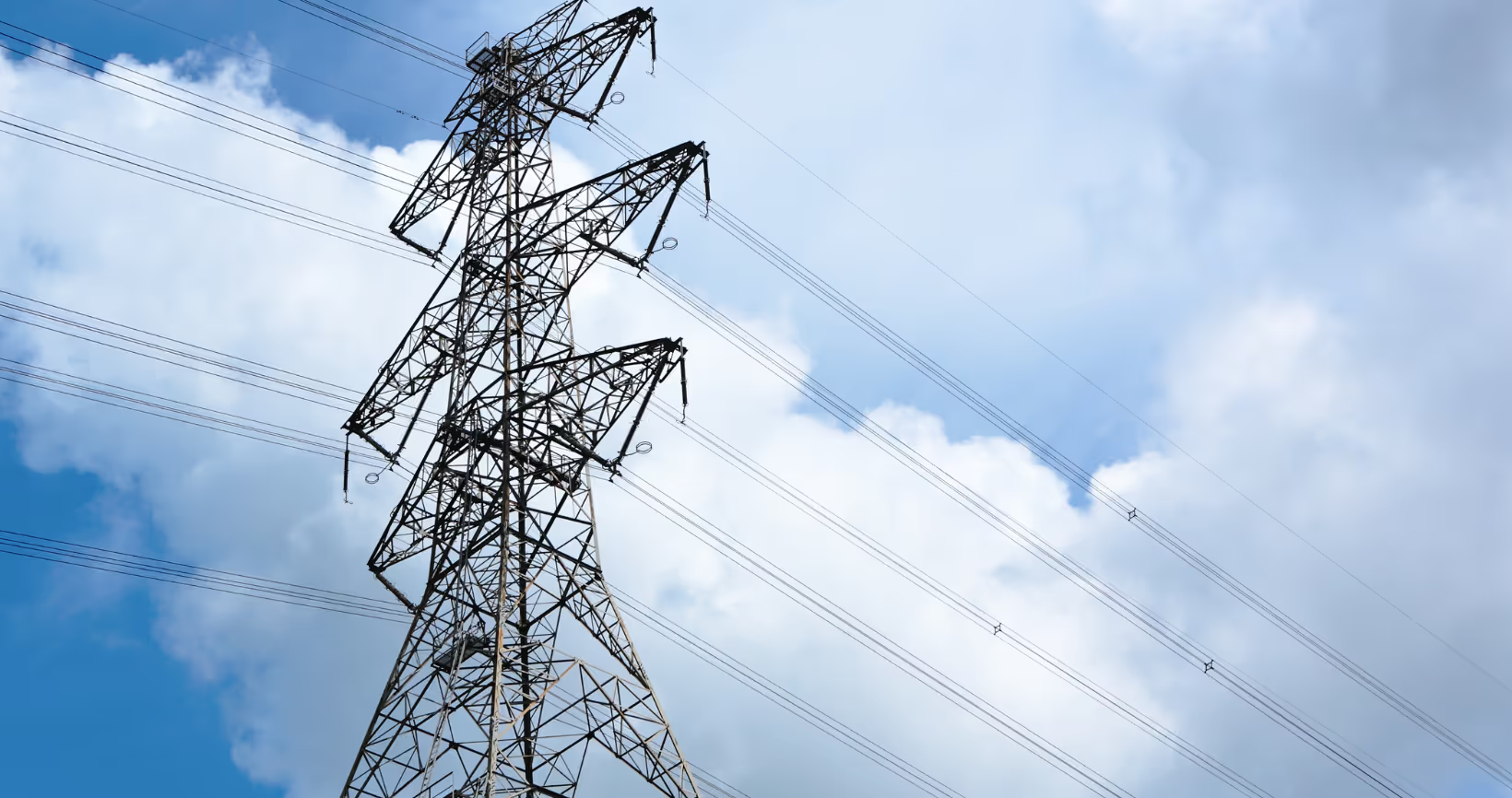
.avif)


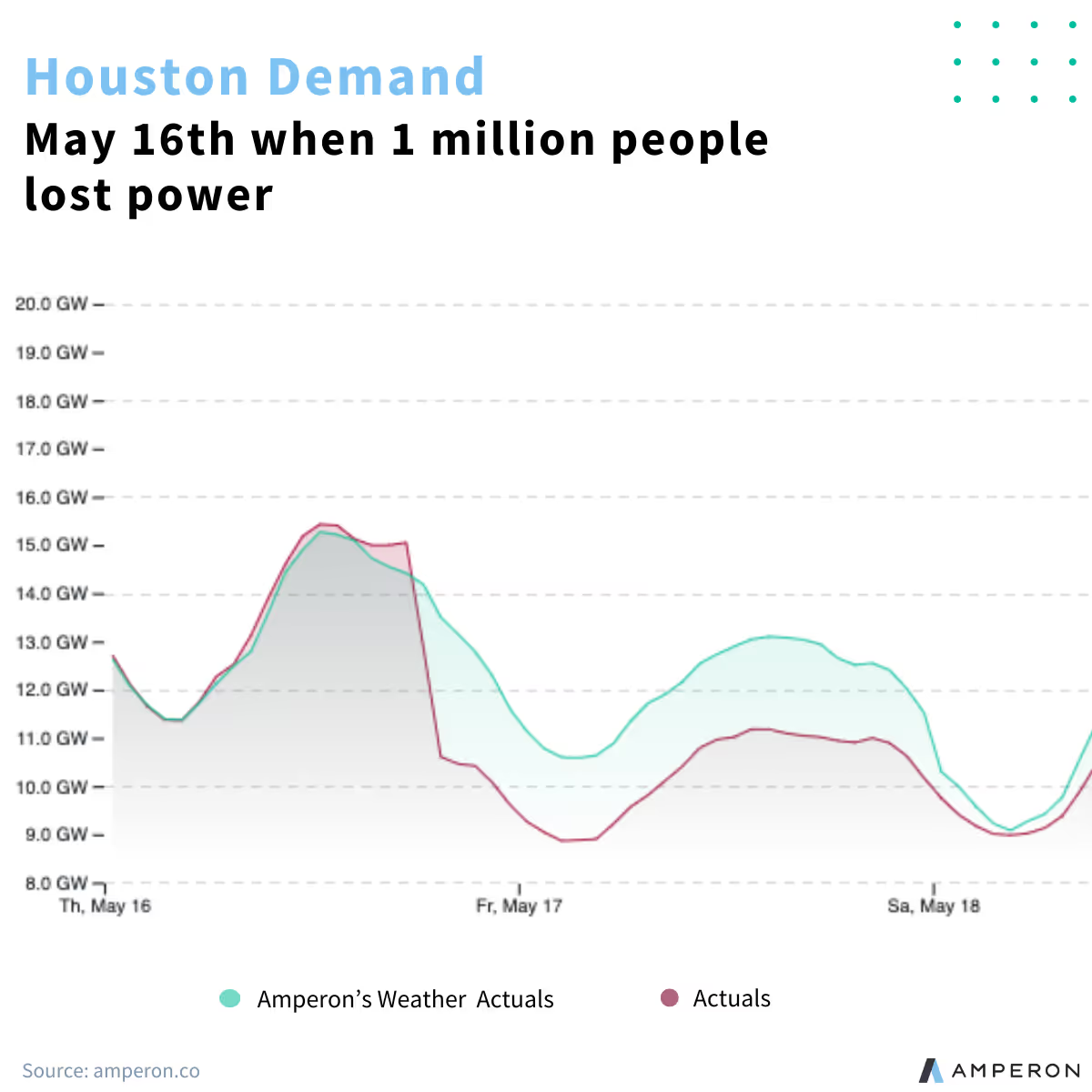


.avif)
.avif)



.avif)

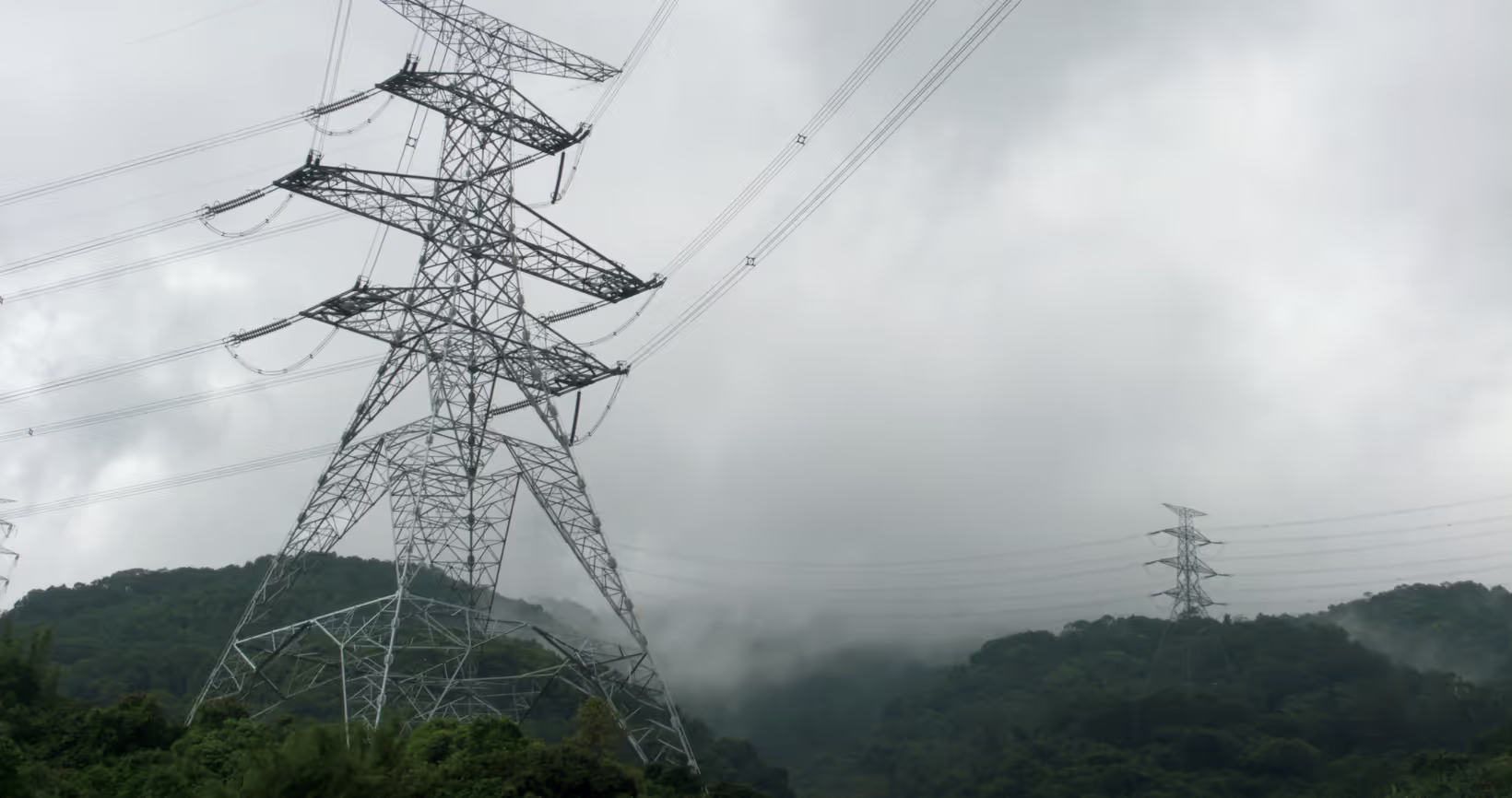


.avif)






